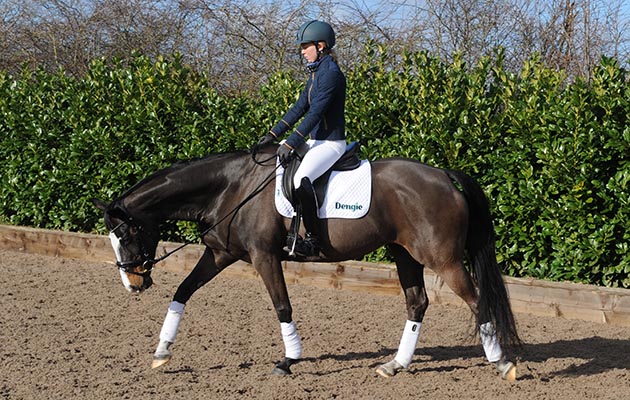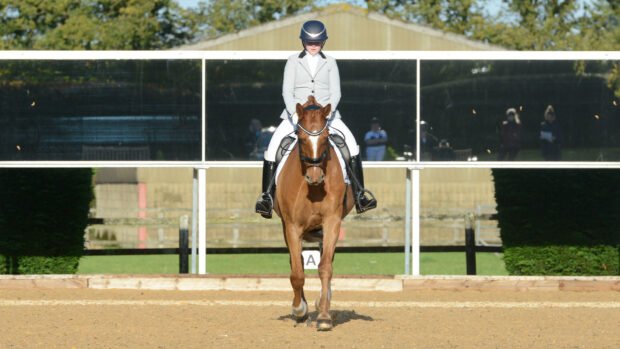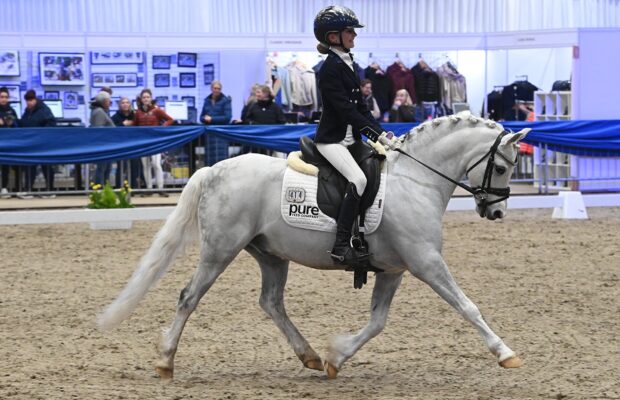The concept of ‘long and low’ is familiar but frequently misunderstood. Andrea Oakes ask top trainers for their tips on how to ride it correctly
Don’t miss our in-depth training feature on riding 'long and low', in the Horse & hound dressage special issue, out now (22 March 2018)
1. To achieve an effective ‘long and low’ way of going trainer Andrew Day recommends using circles to establish a balanced way of going, riding the horse gently forwards until he puts effort into his haunches and enters into a reactive dialogue with the contact through pressure and release from the rider’s hands.
2. “While you’re doing it, think to yourself, ‘Would the horse look like this in the field?’” advises dressage rider and trainer Dan Greenwood. “If the answer is yes — that is — he’s in a grazing position and on his forehand — you may as well put him back in the field, because you won’t be achieving anything.”
3. Remember that stretching is personal to each horse,” says international ride, judge and trainer Isobel Wessels. “If he’s high in carriage and a little short and tight, he may need to stretch longer and bit deeper. Another horse who tends to be on the forehand could lose balance by going too low and would be better not so deep.”
4. Don’t obsess so much about the horse’s nose not being behind the vertical that you give too long a rein. This will cause the horse to ‘block’ behind the poll and paddle along.
“You should feel that the horse wants to stretch down and follow your hand, keeping his rhythm, balance and straightness, but is still pushing from behind,” says Isobel.

5. Introduce long and low at walk, a pace at which most horses are relaxed.
“Let him stretch and have a longer rein, then take up trot,” advises Isobel.
“If you can master long and low, you have the key that unlocks a horse’s potential.”
6. Think forward, not fast. Riding too fast will send the horse onto his forehand.
“The horse must still cover the ground, with the energy coming from the hindleg,” says Dan.
7. If the horse is uptight or feeling fresh, the exercise may not be appropriate. Ride him on a circle with some inside flexion until he relaxes and loses a bit of steam.
8. Isobel recommends incorporating long and low work at the start and end of every session, as well as in-between.
Dan agrees: “I use it throughout [a session] as a reward with a more established horse. I take the pressure off by working him rounder and deeper.”
Don’t miss our in-depth training feature on riding ‘long and low’, in the Horse & hound dressage special issue, out now (22 March 2018)



